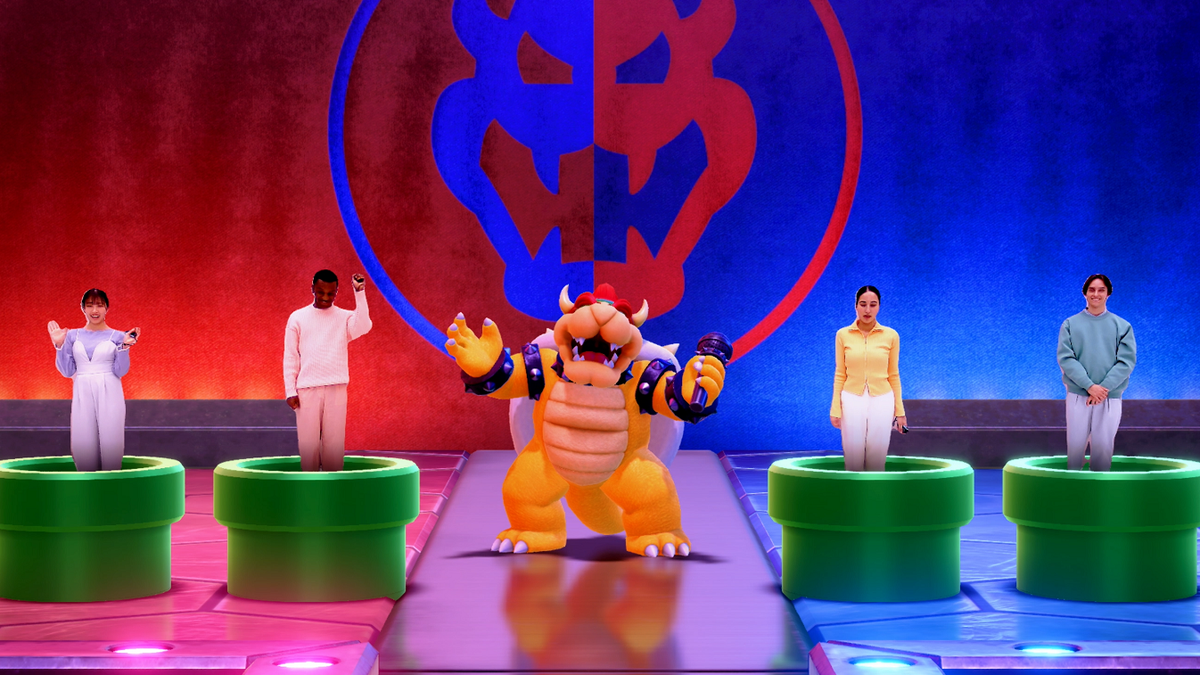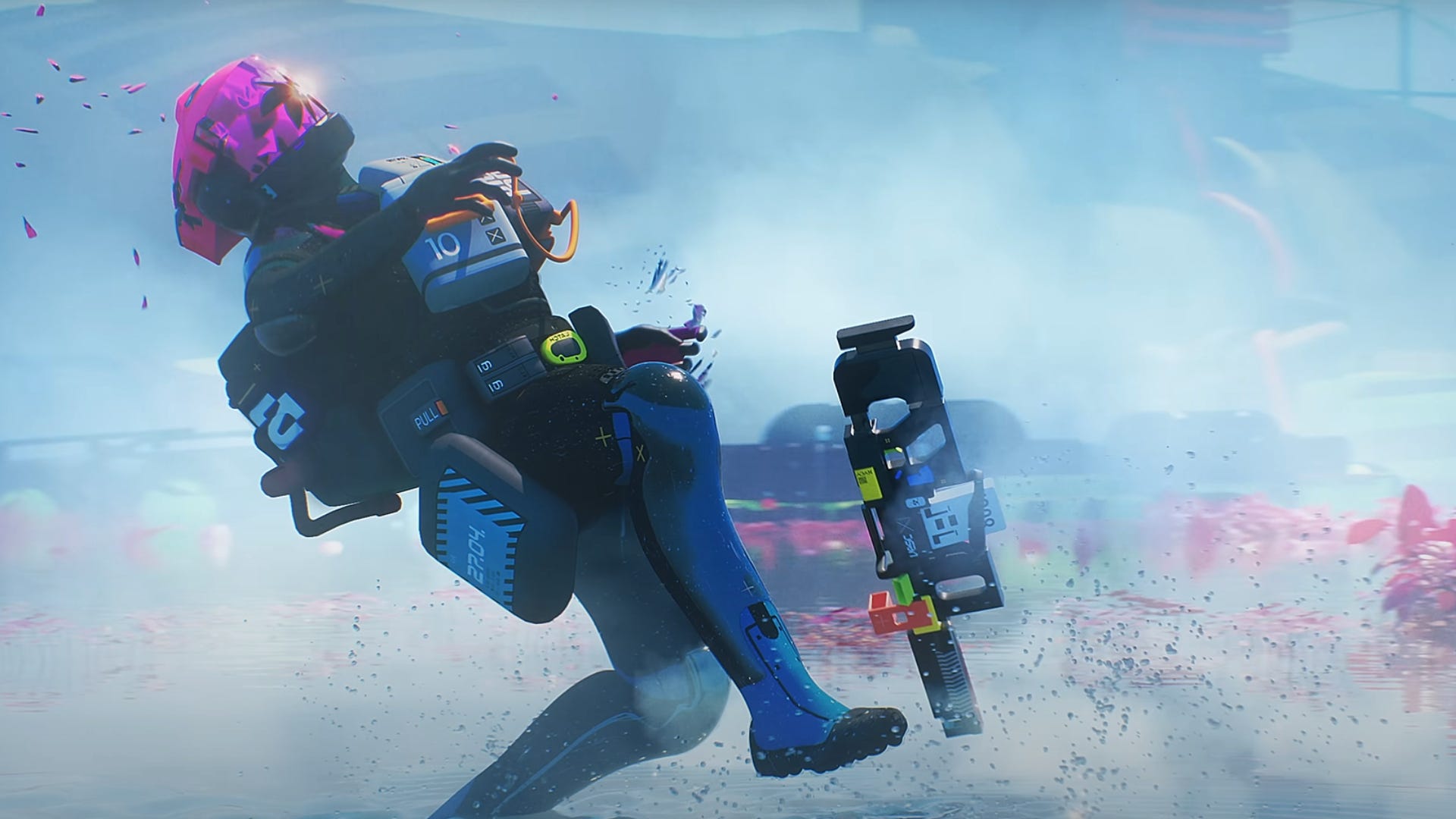Top Ten Stories in AI Writing: Q1, 2025
Top Ten Stories in AI Writing, Q1, 2025. The post Top Ten Stories in AI Writing: Q1, 2025 appeared first on Robot Writers AI.

This year’s first quarter served-up a number of watershed moments in the breakneck development of AI writers / chatbots.
ChatGPT continued to turn heads with the announcement by its maker – OpenAI – that 400 million people now visit the ChatGPT Web site every week.
And ChatGPT also unveiled a number of new upgrades – including major advances in AI imaging, editing and overall writing performance for writers.
Meanwhile, a dark horse AI writer/chatbot from China – DeepSeek – stunned the world by releasing a chatbot alternative that was nearly as good as ChatGPT, but only cost pennies-on-the-dollar to make.
Here’s a look at all the stories for Q1 that convinced many writers – as well as those across a wide spectrum of industries — that we are now living in an ‘AI First’ world:
*New Study Finds AI-Powered Writing a Big Hit Among Many White Collar Pros: Stanford University researchers have found that AI writing is being heavily embraced by many white collar workers.
Observes writer Matthias Bastian: “The impact is particularly noticeable in press releases, where up to 24% of content now comes from generative AI systems, or shows significant AI modification.
“The researchers suspect that actual AI adoption rates are higher than their analysis suggests.
“It likely missed heavily human-edited content and text from advanced AI models that closely mimic human writing.
“The study also didn’t examine other potential AI writing use cases, such as social media content creation.”
*Give ChatGPT a Standardized Personality – Including One that Edits: ChatGPT has come out with a new feature that enables you to create a standardized personality for the AI.
Essentially, you can now program ChatGPT to assume the personality and skills of a witty copy editor with deep knowledge of AI and a penchant for detail, for example — and rest assured that ChatGPT will assume that personality each time you log-on.
Before the new feature, users already had the ability to create the same personality for ChatGPT – but the prompt for the personality needed to be loaded into ChatGPT’s message box before each use.
*’Tweaked’ AI Writing Can Now Be Copyrighted: In a far-reaching decision, the U.S. Copyright Office has ruled that AI-generated content — modified by humans — can now be copyrighted.
The move has incredibly positive ramifications for writers who polish output from ChatGPT and similar AI to create blog posts, articles, books, poetry and more.
Observes writer Jacqueline So: “The U.S. Copyright Office processes approximately 500,000 copyright applications each year, with an increasing number being requests to copyright AI-generated works.”
“Most copyright decisions are made on a case-to-case basis.”
*ChatGPT’s Online Editor Gets an Upgrade: Released just a few months ago, ChatGPT’s online editor ‘Canvas’ just got a performance boost.
The tool — great for polishing-up text created with ChatGPT — now runs on ChatGPT-o1, an AI engine that has been hailed for its advanced reasoning capabilities.
Observes writer Eric Hal Schwartz: “You can enable the o1 model in Canvas by selecting it from the model picker or typing the command: /canvas.”
For a comprehensive tour of ChatGPT’s editor, check out: “Ultimate Guide: New ChatGPT Editor, Canvas.”
*ChatGPT Sets New Record: 400 Million Weekly Users: Despite impressive challenges from competitors, ChatGPT still dominates the AI landscape — currently serving 400 million users each week.
Even better: ChatGPT use in business has also doubled in less than six months and is currently used at more than two million enterprises, according to writer Michael Nunez.
Observes Nunez: “The surge in enterprise adoption represents a crucial validation of OpenAI’s strategy to position ChatGPT as not just a chatbot for casual queries, but as a serious productivity tool for businesses.”
*The Number One Users of ChatGPT: Students: ChatGPT-Maker’s CEO Sam Altman just disclosed an eye-opening revelation in the Wall Street Journal: Most of the people using ChatGPT are students.
Given that 400 million people now visit the ChatGPT Web site every week, that means approximately 300-350 million of the people using ChatGPT are students (most).
The takeaway: The statistic explains that while ChatGPT can reduce writing time for simple tasks like email by as much as 90% or more, students are the people who have picked-up and run with that realization – not business pros.
That’s a problem for the lion’s share of business people who ‘get’ that AI writing is not simply coming – it’s here – but have yet to add AI to their toolbox.
Essentially: Colleges in the U.S. alone release 4 million new graduates each year into the U.S. workforce.
And you can bet that since 2023 — when ChatGPT became a force to be reckoned with across the globe — most U.S. college graduates walked into their first jobs already knowing how to automate their business writing with AI.
Something tells me their older brothers and sisters have gotten the memo, too.
*AI as Writing Instructor: K-12 Teachers Continue the Experiment: Despite fears that AI will undermine the learning of critical thinking, increasing numbers of teachers are embedding the tech in their day-to-day courses.
Observes writer Kayla Jimenez: “English teachers told USA TODAY they use AI tools to create homework assignments and quizzes. Others said the technology can take the place of a private tutor for their students — which reduces their workloads.”
Overall, 40% of U.S. English teachers have used AI in the classroom, according to a survey of 12,000 teachers and principals conducted by RAND American Educator Panels.
*Apple Kills Its AI News Summary Service: Smarting from glaring mistakes made by its AI news summary service, Apple has pulled the plug on the AI — at least for now.
One of the highest profile news media outlets disenchanted with Apple’s service is the BBC.
Earlier this month, Apple’s AI news summary service mistakenly reported that alleged CEO killer Luigi Mangione had shot himself — wrongly citing the BBC as the source of its summary.
Observes writer Tripp Mickle: “In a note to developers, Apple said it was working to improve summaries of notifications for news and entertainment apps.
“It plans to make the feature available again in a future software update.”
*ChatGPT’s New AI Image-Maker: ‘Astounding:’ ChatGPT’s new AI-image generator – perfect for writers looking to add supplemental images to their copy — has become a viral sensation across the Web.
Simultaneously embraced by millions of users as AI imaging’s ‘Next Big Thing,’ the new tool has been described as an ‘astounding’ leap forward by Al Samson, a graphic artist with 15+ years experience.
Essentially, the new tool features stunning imaging, extreme detail and much more control over the final image users are looking to create, according to Samson.
A few of the near-infinite number of use cases available with the AI imager include:
~precise image rendering in a photo-realistic or illustration style
~the ability to tweak an image of yourself to make yourself
look ‘more handsome,’ ‘more beautiful’ – or more or less exude any number of other qualities
~the ability to drop a reliable image of your product into any scene you can imagine
~instant-rendering of any image in your brand colors
~instantly recognizable caricatures of celebrities and the famous
~instant creation of a comic-strip in your desired style
While not perfect, Samson says the new imaging tool – which replaces ChatGPT imaging that used to run on the DALL-E AI imaging engine has grabbed the crown as “the best image-generation tool on the market.”
(Fans of DALL-E can still find that imaging tool in ChatGPT’s “GTPs” section.)
For an extremely informed and nuanced overview of everything ChatGPT’s new imaging tool has to offer, check-out Samson’s in-depth, extremely insightful, 29-minute video on the upgrade.
*How DeepSeek Outsmarted the Market and Built a Highly Competitive AI Writer/Chatbot: New York Times writer Cade Metz offers an insightful look in this piece into how newcomer DeepSeek built its AI for pennies-on-the-dollar.
The chatbot stunned AI researchers — and roiled the stock market in February — after showing the world it could develop advanced AI for six million dollars.
DeepSeek’s secret: Moxie. Facing severely restricted access to the bleeding-edge chips needed to develop advanced AI, DeepSeek made-up for that deficiency by writing code that was much smarter and much more efficient than that of many competitors.
The bonus for consumers: “Because the Chinese start-up has shared its methods with other AI researchers, its technological tricks are poised to significantly reduce the cost of building AI.”

Share a Link: Please consider sharing a link to https://RobotWritersAI.com from your blog, social media post, publication or emails. More links leading to RobotWritersAI.com helps everyone interested in AI-generated writing.
–Joe Dysart is editor of RobotWritersAI.com and a tech journalist with 20+ years experience. His work has appeared in 150+ publications, including The New York Times and the Financial Times of London.
The post Top Ten Stories in AI Writing: Q1, 2025 appeared first on Robot Writers AI.

_Igor_Mojzes_Alamy.jpg?#)
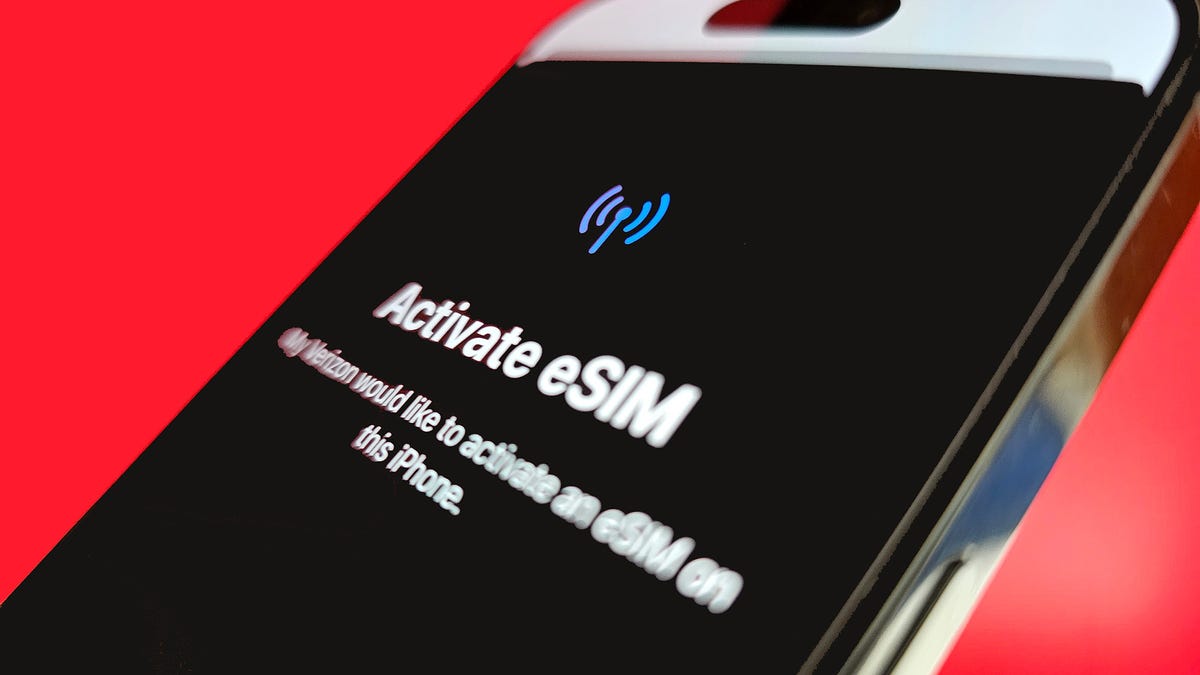































































![Apple Considers Delaying Smart Home Hub Until 2026 [Gurman]](https://www.iclarified.com/images/news/96946/96946/96946-640.jpg)
![Tariffs Threaten Apple's $999 iPhone Price Point in the U.S. [Gurman]](https://www.iclarified.com/images/news/96943/96943/96943-640.jpg)
![iPhone 17 Pro Won't Feature Two-Toned Back [Gurman]](https://www.iclarified.com/images/news/96944/96944/96944-640.jpg)




















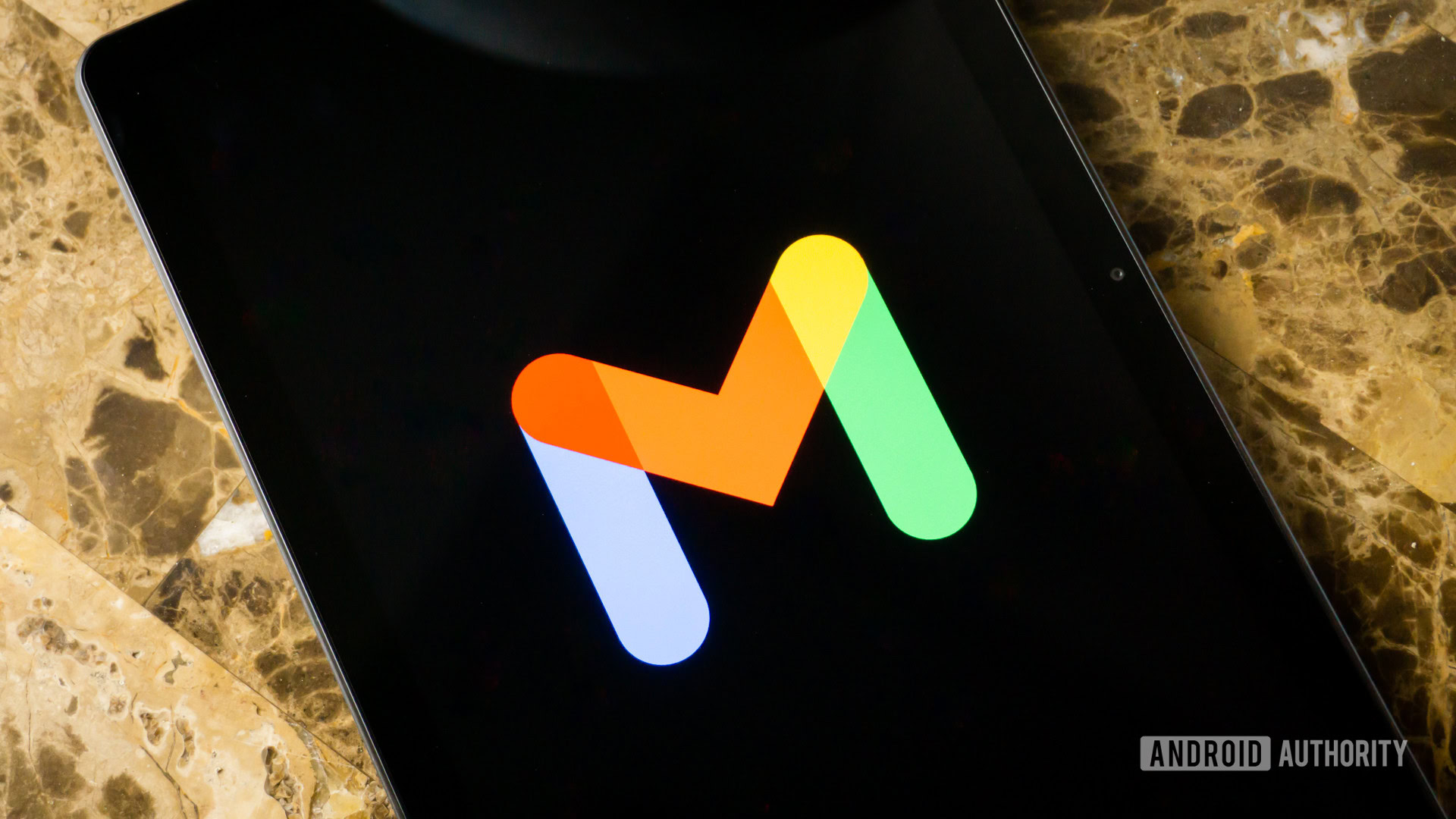
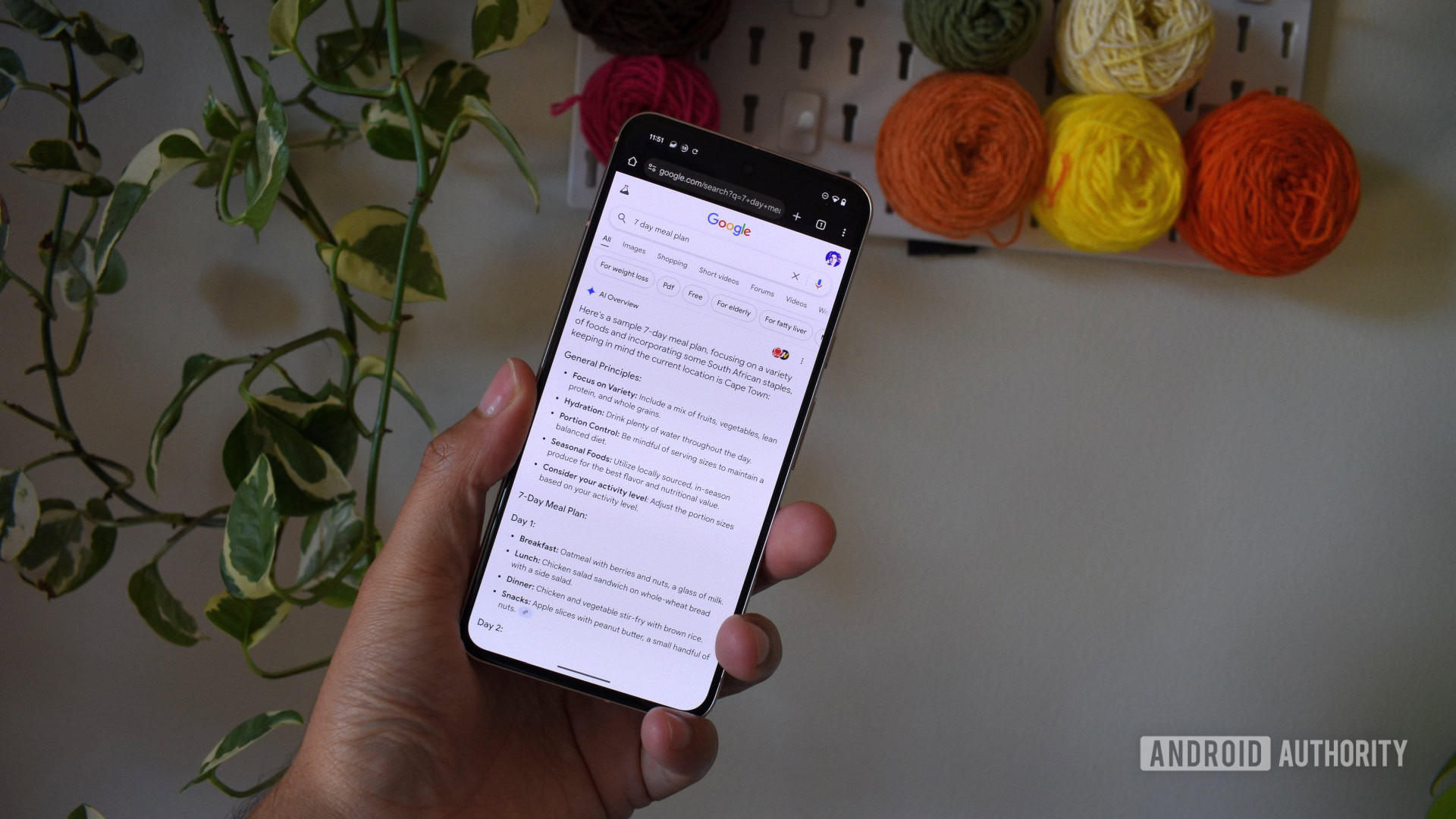
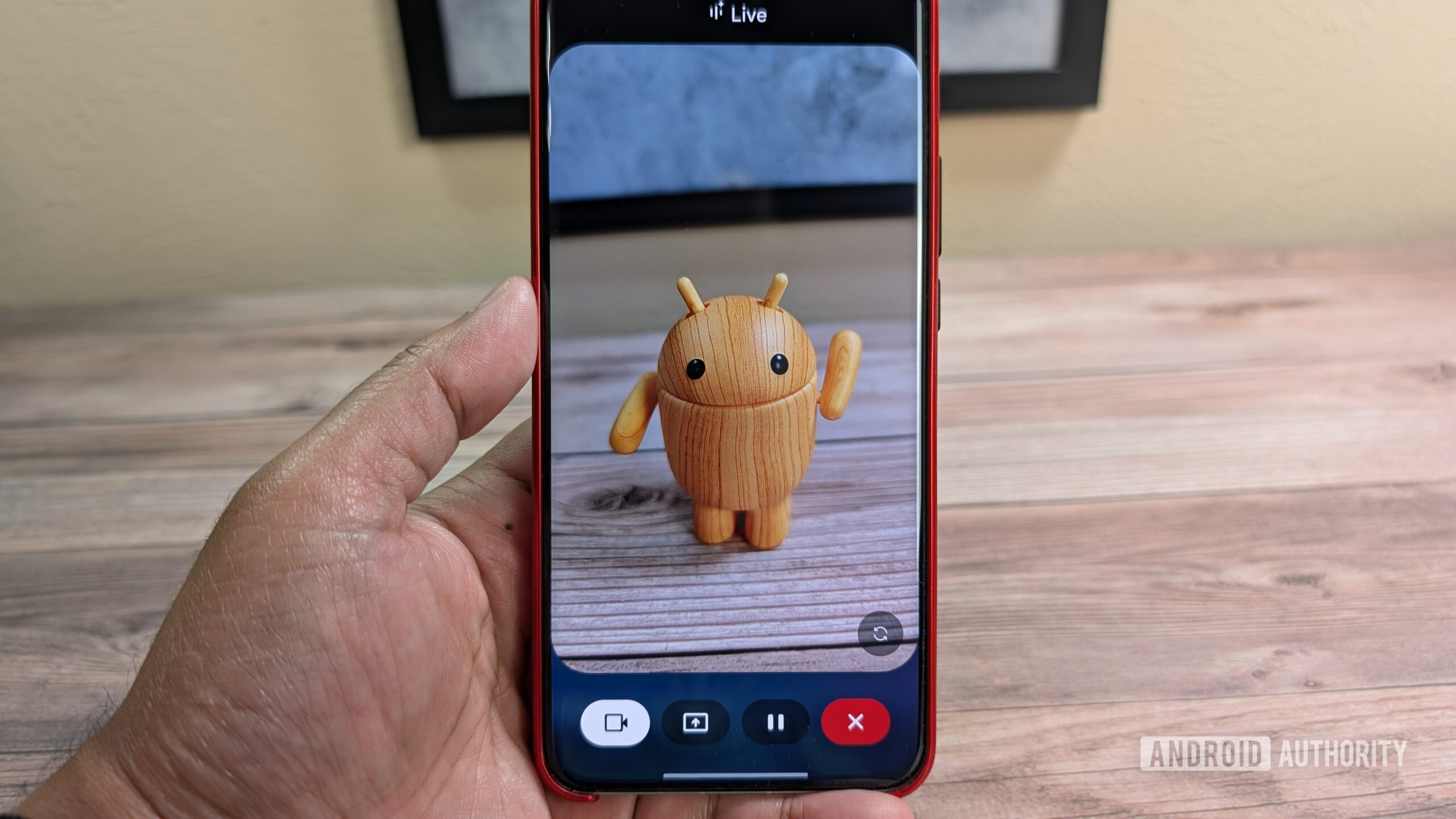
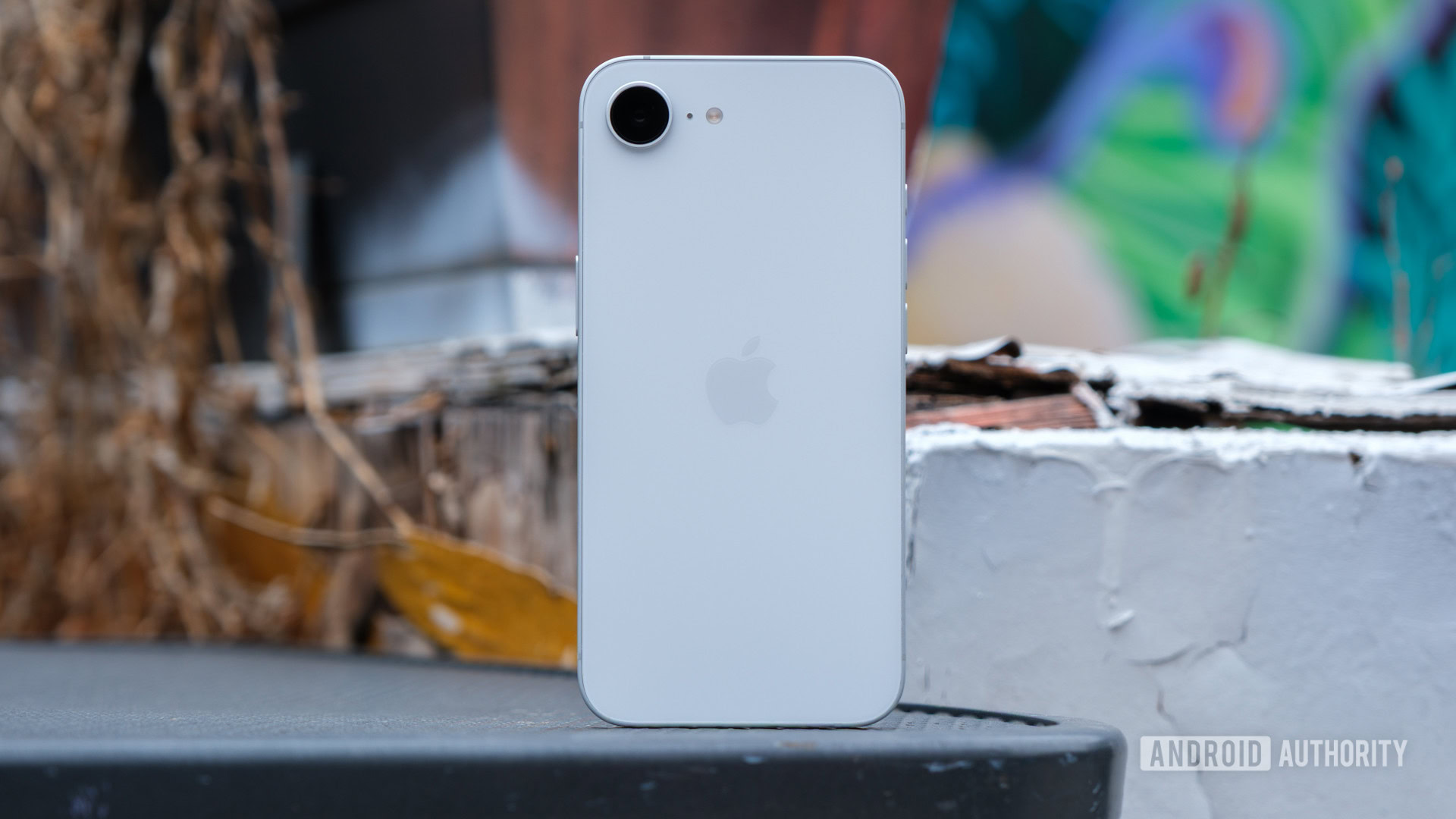
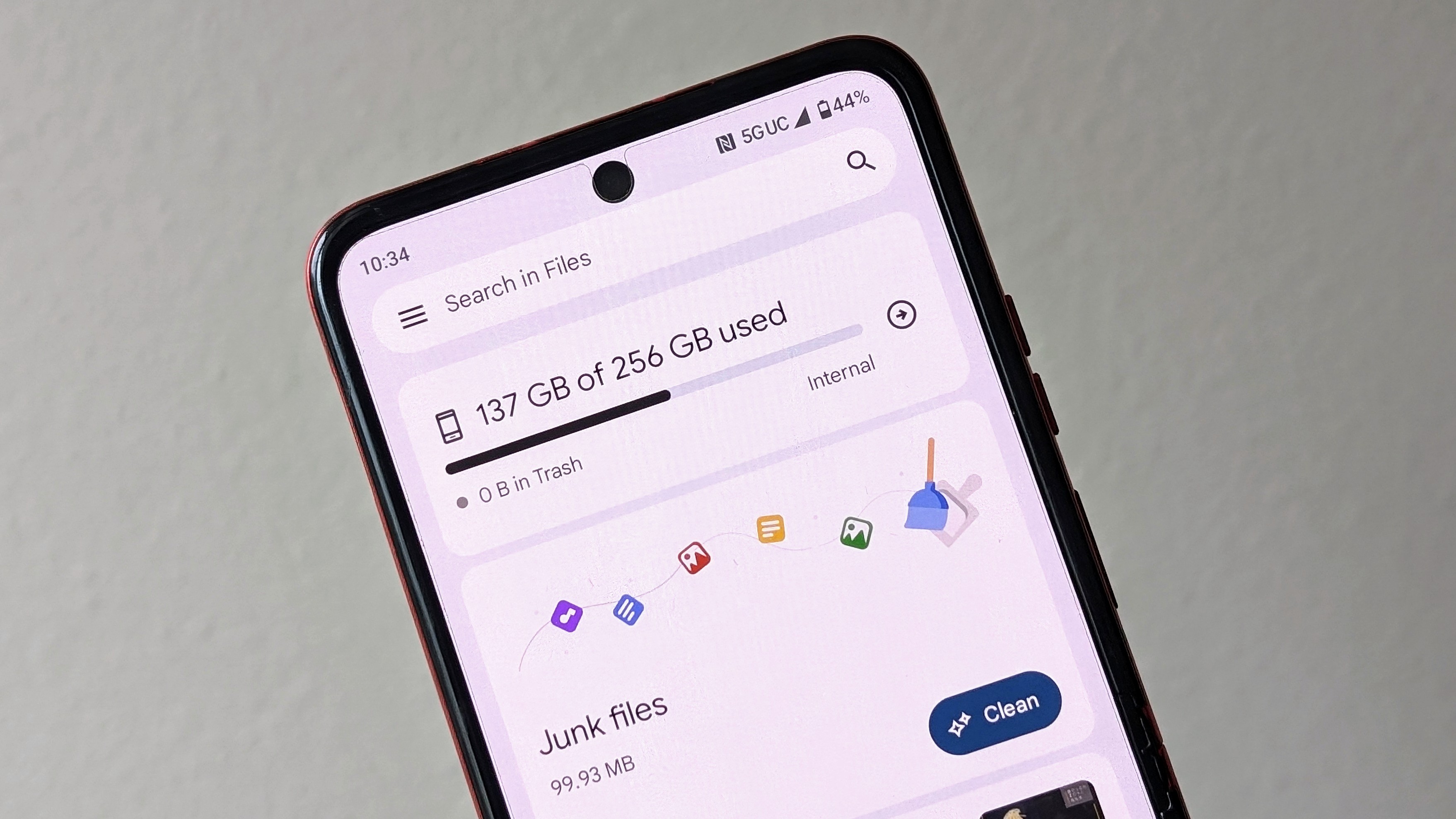

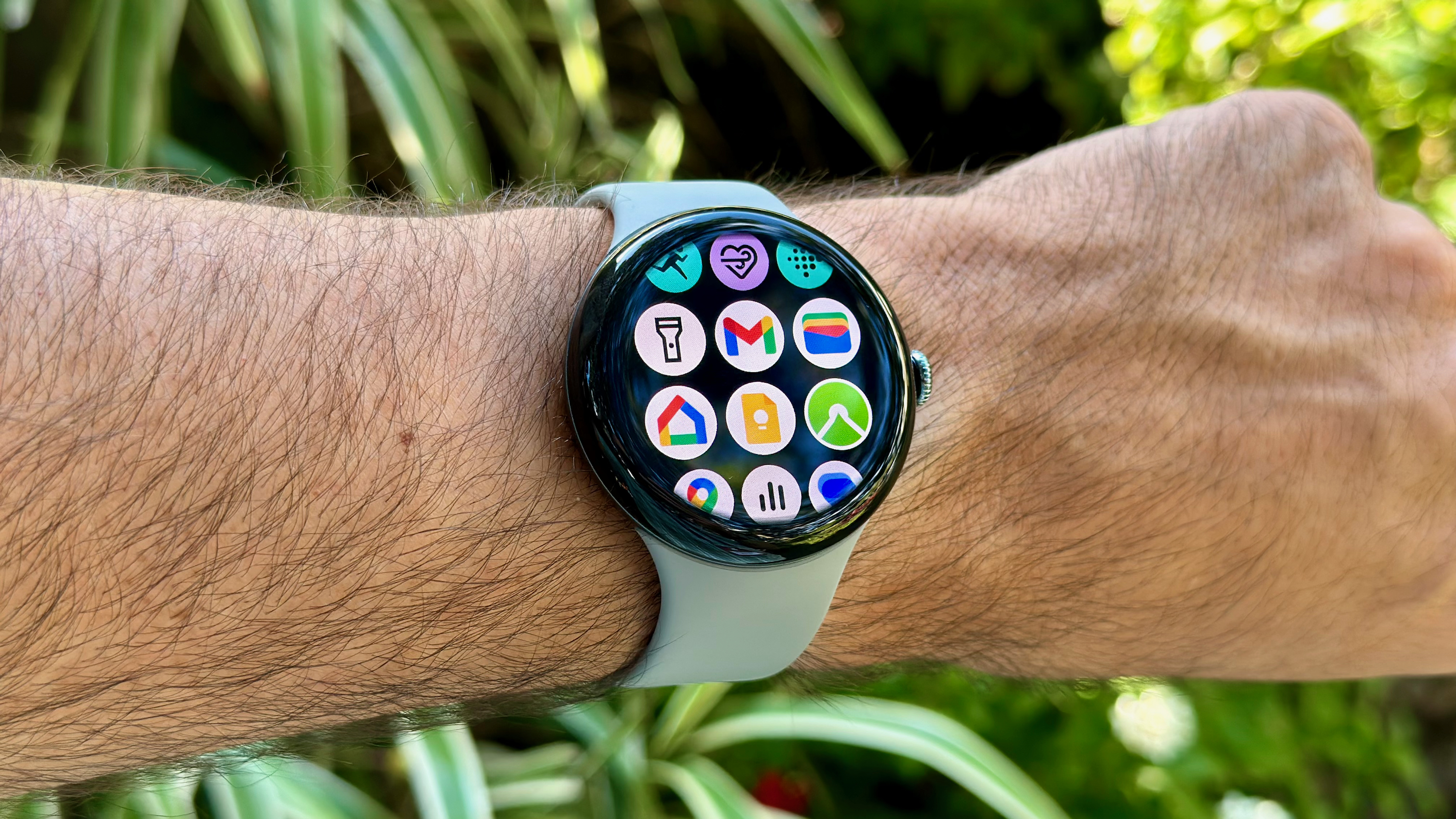




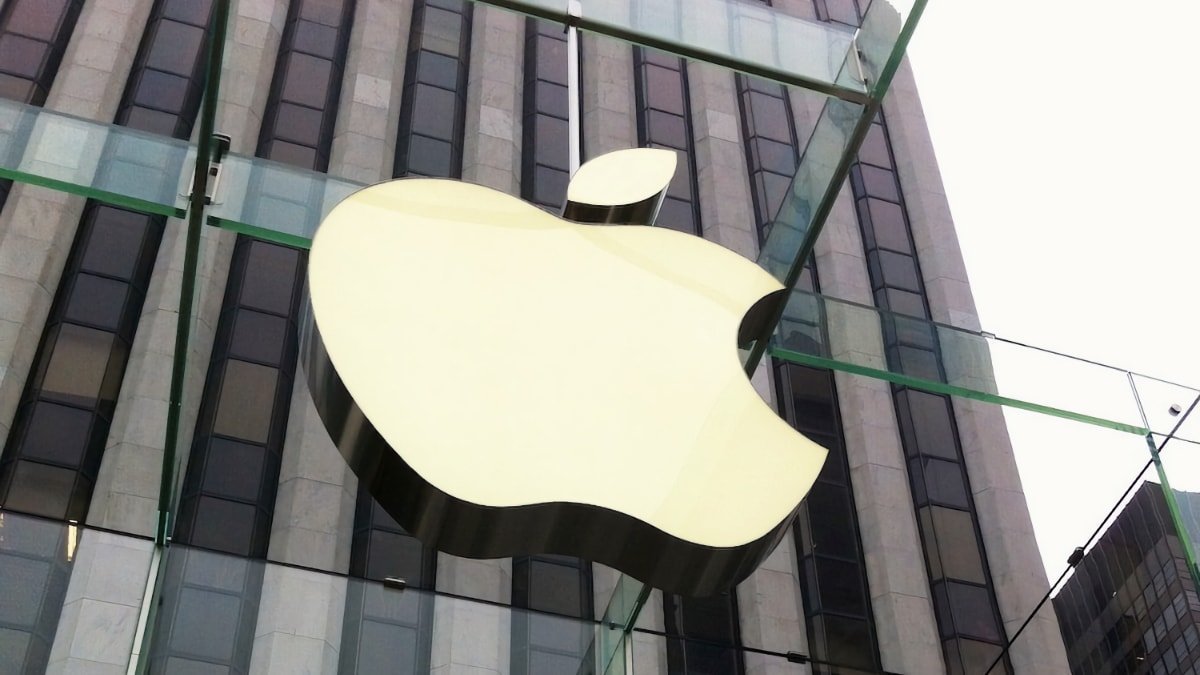







































































.webp?#)
.webp?#)
.webp?#)






























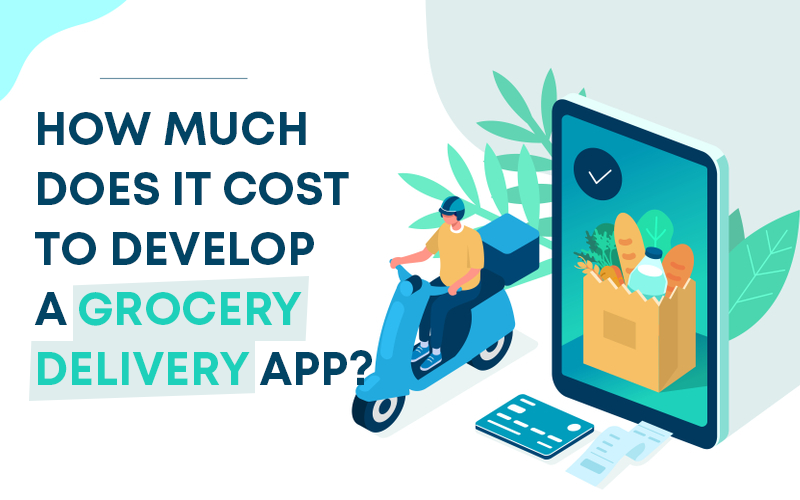













































![[The AI Show Episode 142]: ChatGPT’s New Image Generator, Studio Ghibli Craze and Backlash, Gemini 2.5, OpenAI Academy, 4o Updates, Vibe Marketing & xAI Acquires X](https://www.marketingaiinstitute.com/hubfs/ep%20142%20cover.png)



























































































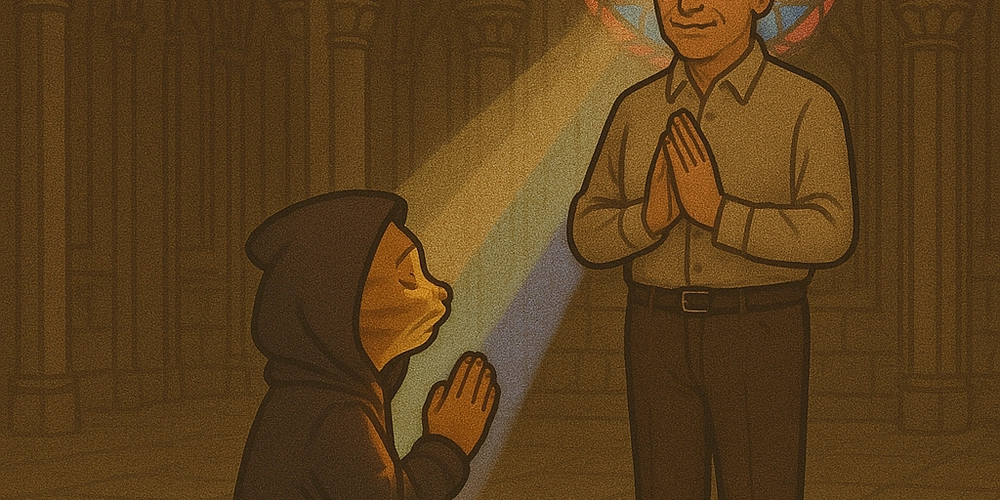





































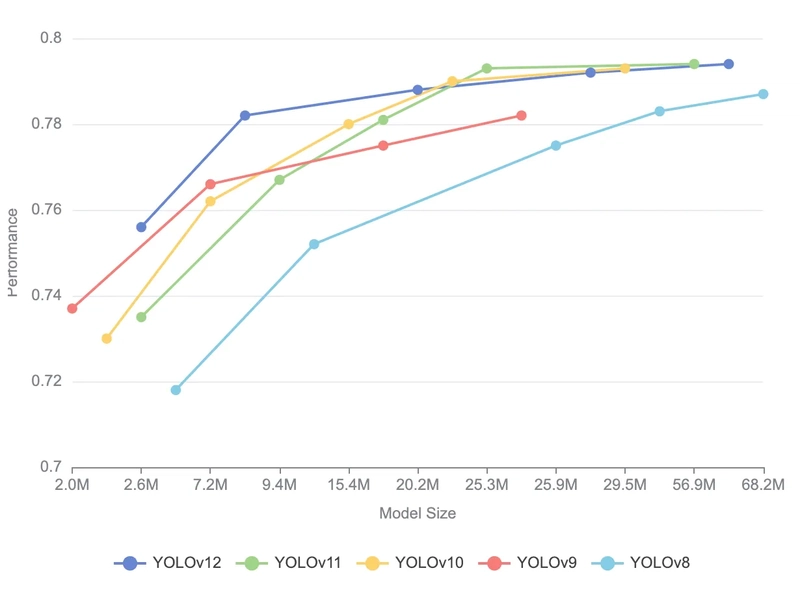
![From drop-out to software architect with Jason Lengstorf [Podcast #167]](https://cdn.hashnode.com/res/hashnode/image/upload/v1743796461357/f3d19cd7-e6f5-4d7c-8bfc-eb974bc8da68.png?#)




![[DEALS] The Premium Learn to Code Certification Bundle (97% off) & Other Deals Up To 98% Off – Offers End Soon!](https://www.javacodegeeks.com/wp-content/uploads/2012/12/jcg-logo.jpg)























-Mario-Kart-World-Hands-On-Preview-Is-It-Good-00-08-36.jpg?width=1920&height=1920&fit=bounds&quality=80&format=jpg&auto=webp#)

(1).jpg?width=1920&height=1920&fit=bounds&quality=80&format=jpg&auto=webp#)








.png?#)











